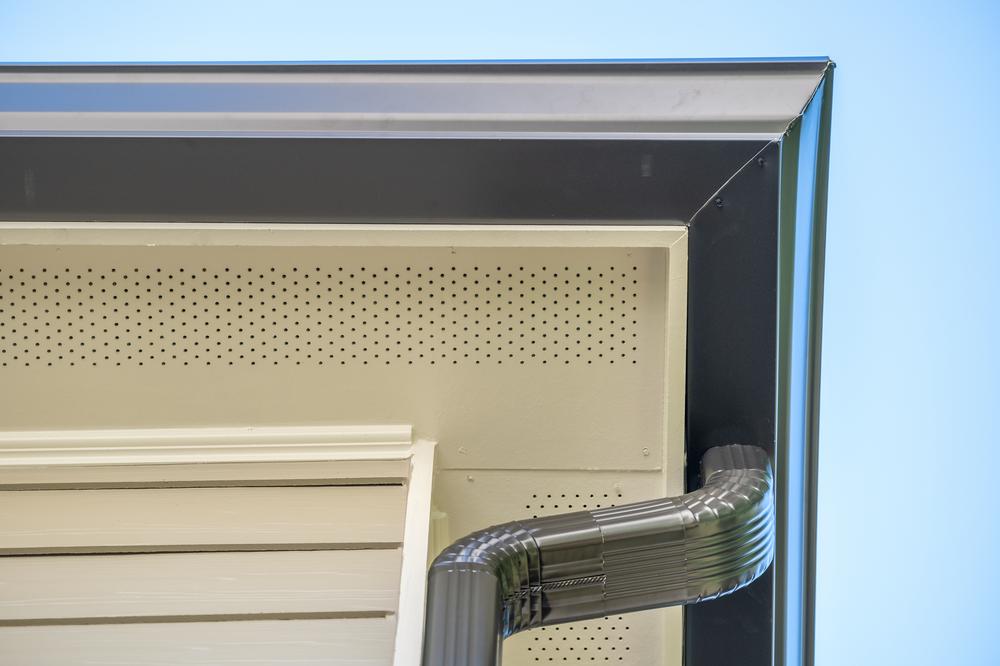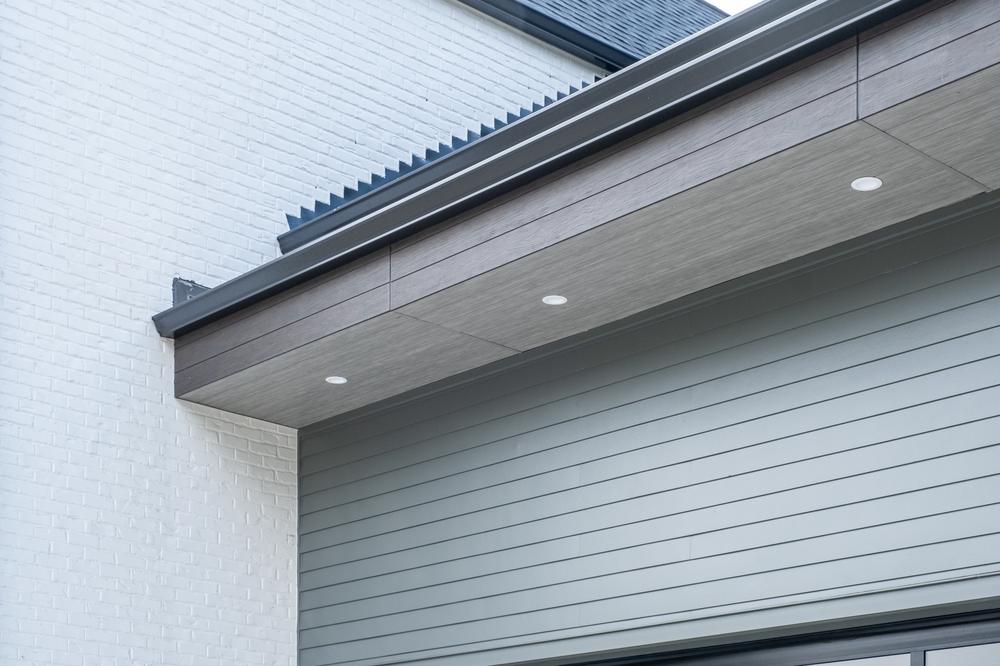Get Up Close And Personal
Want to see a color up close or feel the texture in person? Order as many complimentary finishes as you need to find the perfect option for your project.

Though often overlooked, soffit is an essential part of any home’s exterior. Choosing the best material for soffit and fascia is vital if you plan on protecting the home and providing a functional and aesthetically pleasing structure. Available in many materials, the performance capacity of soffit can vary greatly because not every material is built with the same durability and weather resistance.
Need help choosing the best soffit material for your home? Get to know each of the soffit options as well as their pros and cons to find the best solution.
Soffit certainly isn’t flashy or fun, which is why many people tend to overlook it in the home design process. However, soffit does play an important role in the home’s exterior. By covering the underside of the roof’s overhang, soffit effectively acts as a lid or seal for the upper levels or attic areas. Without soffit, the rafters would be exposed, allowing rain, snow, yard debris and pests direct access to the inside of the home.
Soffit also plays a stylistic role that shouldn’t be taken for granted. Visually speaking, soffit is similar to trim placed around a window or door — it creates a clean and polished look that enhances the overall feel of the home. Like trim, soffit can be used to add accent colors and participate in the exterior palette.

Soffit can also contribute to proper ventilation. When shopping for soffit, you’ll notice that some soffit is solid while others feature small perforations. Vented soffit is ideal because it can improve air circulation in the attic and help avoid moisture buildup, which can lead to problems like mold growth and high energy bills. Vented soffit can be commonly found in many material options, including fiber cement.
Lots of different materials are used for soffit, but not all of them deliver the same level of quality. Take a look at some of the options available, and it becomes clear that one material stands out from the rest.
Wood is a traditional building material that is easy to work with and aesthetically pleasing. Natural wood grain can be charming, and soffit made from wood can be easily painted to achieve different colors. Because of its natural composition, wood is susceptible to damage from the elements, and it is common for wood soffit to chip, peel, rot and splinter.
Like wood siding, wood soffit requires upkeep to maintain its allure. Even cedar — which is known to be more pest-resistant than other wood types — will require considerable maintenance to last more than a few years.
Vinyl soffit is lower maintenance than wood because painting isn’t required — though it is possible to paint vinyl soffit if you want a color change. The good thing about vinyl is that it tends to be affordable. The tradeoff, however, is found in the quality. Vinyl soffit is plastic-based, meaning it can have that recognizable sheen that makes it look cheaper than other soffit materials. Vinyl soffit is also easily damaged by temperature swings. Hot temps can cause vinyl to swell and buckle while freezing temps can cause it to crack.
Aluminum soffit is a solid upgrade from wood or vinyl because it is much more durable and weather-resistant. Aluminum won’t rot or warp due to the elements, and it doesn’t require all the maintenance of wood. Plus, it does not have the same flammability risk of wood or vinyl soffit. The downside of aluminum, however, is that the quality of its appearance can wane over time, leading to a chalky surface with significant color fading. Regular repainting can help prevent this degradation.
Just like fiber cement siding, fiber cement soffit is crafted from a unique blend of cellulose fiber, sand, silica and Portland cement. This precise blend delivers a soffit material that is durable, long-lasting, flame retardant and rot-resistant. Another big advantage of fiber cement soffit is that it can maintain its original allure easily. Fiber cement soffit keeps its color without getting that chalky appearance of aluminum, and it does not warp with temperature changes. Built for strength and beauty, fiber cement soffit continues to look great year after year.

Nichiha crafts fiber cement soffit that is designed to be durable and low maintenance. Whether you like the look of smooth soffit or a texturized, cedar-style appearance, Nichiha has plenty of high-quality soffit options to choose from — all crafted from heavy-duty fiber cement.
Ready to get the best soffit material for your home? Check out our full line of products to explore the options.
Want to see a color up close or feel the texture in person? Order as many complimentary finishes as you need to find the perfect option for your project.
Get Up Close And Personal